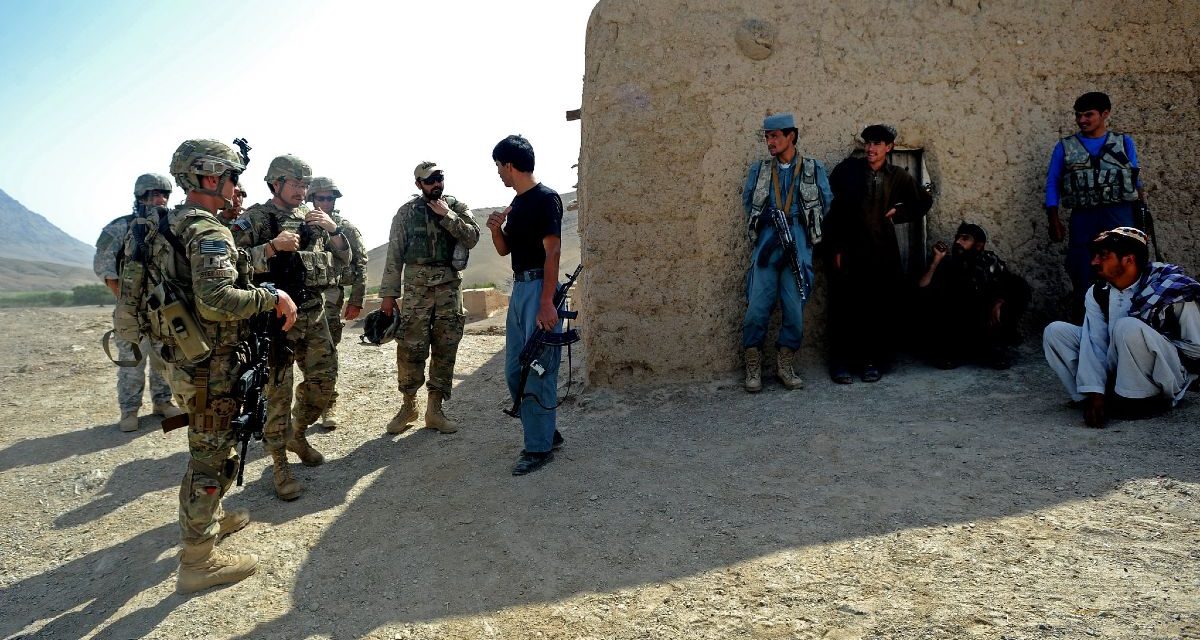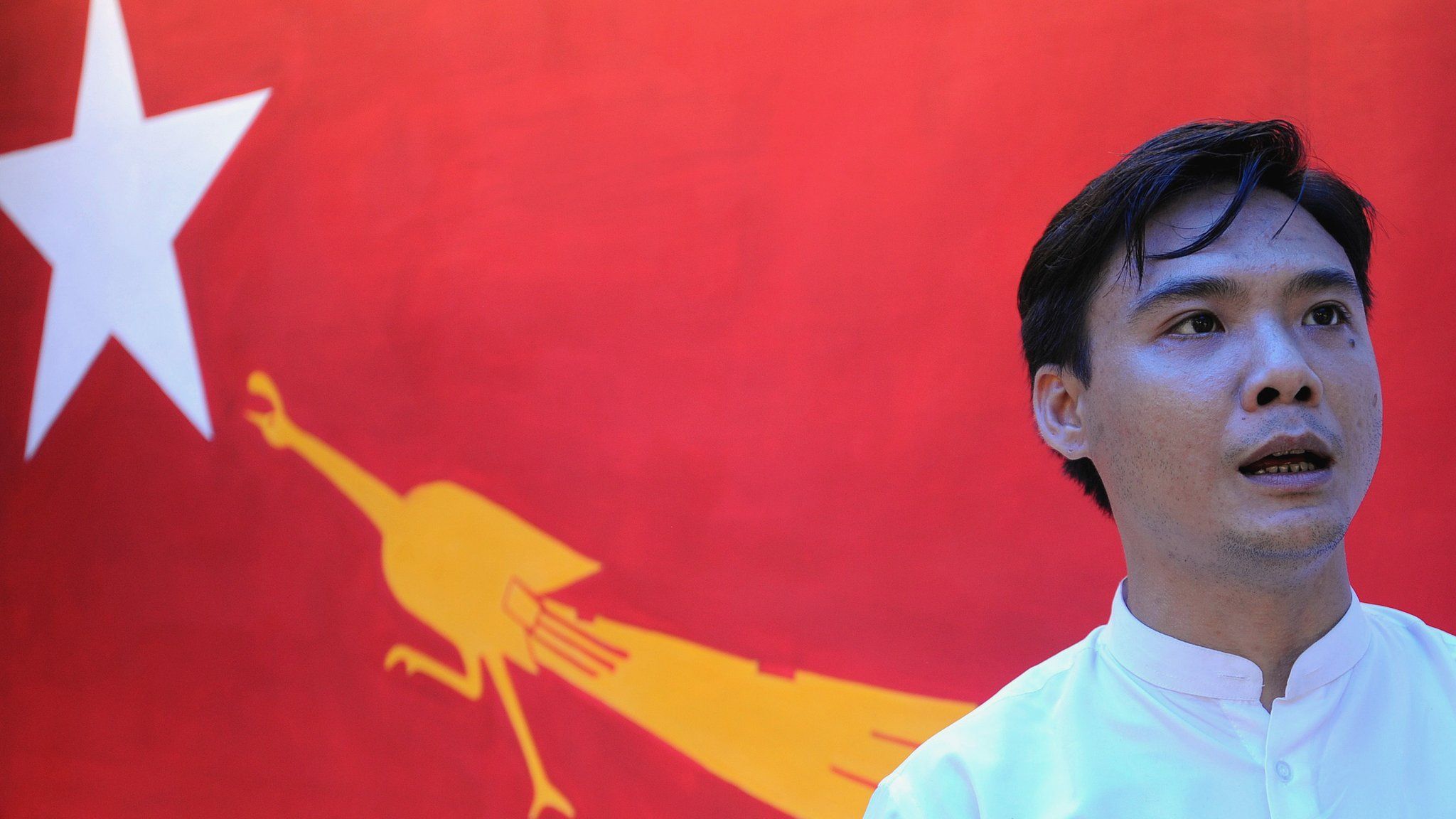Talal Rafi
Sri Lanka is in an unenviable position, and its policy makers face a conundrum. The country is experiencing its worst economic crisis in a century. Sri Lanka has formally defaulted; its public debt is over 100 percent of GDP and is mostly U.S. dollar denominated. The country is facing a severe foreign exchange shortage, which has led to shortages of fuel, gas, and essential food items. There is some positive news for Sri Lanka, with the managing director of the International Monetary Fund (IMF) stating on July 20 that she hopes to conclude talks for an IMF bailout soon.
Though the previous government of Gotabaya Rajapaksa bears a sizable share of blame for the economic malaise Sri Lanka is experiencing, the causes are also deep rooted. Sri Lanka has a culture of being suspicious toward foreign direct investment, with powerful trade unions, a very large and unsustainable public sector, and a culture of risk aversion. A 26-year civil war that ended in 2009 also had put the brakes on the country’s economic progress, even though Sri Lanka was the first country in South Asia to open its economy.
Sri Lankan political culture has a role to play in the degradation of the economic state. For decades, Sri Lankan political leaders have used populist promises like subsidized rice, low-priced bread, public sector salary increases, free fertilizer, and tax cuts to ride to power. This has led to an economy that has become unsustainable.
Sri Lanka also has a history of public opposition to foreign direct investment, linked to socialist ideologies and powerful trade unions. Sri Lanka even had to back out of an agreement the government had signed with the governments of India and Japan to jointly develop the Colombo East Container Terminal due to protests. Even a grant of $480 million by the U.S. government agency Millennium Challenge Corporation (MCC) did not get permission from the Sri Lankan government to go ahead due to protests, which eventually led to the MCC withdrawing the grant from Sri Lanka.
Structural Issues With State-Owned Enterprises in Sri Lanka
Sri Lanka’s history of populist policies has led to the creation of many state-owned enterprises with powerful trade unions, which are running at massive losses. Sri Lanka has 527 SOEs and 55 of them are identified as strategically important. As of 2019, Sri Lanka’s SOE losses were greater than the national expenditures on education and health combined. Adding to the problem, just one in 10 SOEs have made public their financial information, raising questions of transparency.
SOEs in Sri Lanka are set up in general in a way that will lead them to fail. There are no budgetary constraints, with the Treasury supporting them. Many SOEs also borrow from other SOEs with no plan for paying the loans back, with the Ceylon Electricity Board borrowing from the Ceylon Petroleum Corporation as an example. Many SOEs also borrow from the two state-owned banks, Bank of Ceylon and Peoples Bank. These SOEs will not be able to borrow from private lenders due to their unprofitable structures, but with political interference they are able to borrow from state financial institutions.
The monopolistic nature of SOEs also gives them little incentive to be innovative. The end result is that the consumer receives products or services that are not the best of quality. And with SOEs occupying monopolies in many industries, this shuts out these industries from the private sector and increases red tape, resulting in delays and pushing Sri Lanka down in the ease of doing business rankings.
The structure of state-owned entities in Sri Lanka has many problems. The labor costs of SOEs in Sri Lanka are around 70 percent higher than those of private firms, with the labor productivity of SOEs seeing a steady decline over the past decade. There is a lack of internal audits and financial disclosure, reducing the incentive to work efficiently. Mismanagement, corruption, and overstaffing by politicians are major problems faced by SOEs. The vast majority of state sector employees are genuinely hardworking, but the problem is political interference. Supporters of politicians are often given jobs, which in some cases do not exist.
SOEs subsidizing their products is another reason for loss-making, with many institutions bearing the cost. The Ceylon Electricity Board has not revised its prices since 2014, even though Sri Lanka has experienced a low but steady single digit inflation over the last decade. This only results in larger fiscal deficits, which results in increased debt or printing of more money.
The 55 strategically important SOEs employ around 1.9 percent of the workforce and the total state sector workforce comes to around 1.4 million people, which is just over one in six of the country’s total workforce. In a country where only around 3 percent of the population are entrepreneurs, this is a heavy burden to support. As the state sector absorbs a large portion of the workforce, this results in a lack of human talent for the profit-making private sector. This also results in the labor costs for the private sector rising due to a shortage of human capital. As state sector employees have the incentive of receiving pensions after their retirement, which is not the case for private sector employees, many Sri Lankans opt for government jobs instead of looking at the private sector as a potential employer.
Due to all these factors, Sri Lankan SOEs have increased their burden on the country’s budget, with SOE debt climbing to 9 percent of GDP in 2020, up from 6.5 percent of GDP in 2012. The national airline of Sri Lanka is one example of a loss-making public entity. Sri Lankan Airlines cost the Sri Lankan government 45 billion rupees in 2021, and as 75 percent of taxes in Sri Lanka are indirect taxes, many ordinary Sri Lankan who have never used the airline end up paying to keep the airline afloat.
Sri Lankan Airlines was a very profitable airline when it was privatized. Forty percent of its shares were sold to Emirates Airlines, which ran the management of the airline. However, Sri Lanka’s national airline was renationalized in 2008. Since then, it has recorded cumulative losses of 302 billion rupees and not shown a single year of profit since 2008. This in itself builds a strong case to reprivatize the airline. At a time when Sri Lanka’s economy is in dire straits and it is seeking financial assistance from the IMF and other countries, it does not make sense to run a loss-making entity any further.
Sri Lanka does have a prominent example of a SOE that was successfully privatized. In 1997, Sri Lanka Telecom (SLT) was privatized. In Sri Lanka, privatization is a challenge due to powerful trade unions but SLT’s transition was smoothly handled, with letters highlighting the benefits of privatization being sent to the workers’ home addresses, directly bypassing trade union leaders. Workers and their families were also given a collective ownership stake of 3.5 percent. In the end, the management of SLT was given to a Japanese company, which led to skills transfer and efficient management. At the same time, other private sector players were allowed into the telecom industry to encourage competition. This transformed Sri Lanka’s telecom industry, with Sri Lanka later becoming the first country in South Asia to get 4G.
However, there are also several important arguments against privatization, which should be thoroughly examined when a government looks to handing over a state-owned entity to the private sector. Not all SOEs can or should be privatized, as thinking based on profits can have devastating effects on the population. A review shows that privatization can result in retrenchment, high employee turnover, and lower salaries, causing further socioeconomic problems in communities. Many SOEs enjoy monopolies and privatizing them can result in corporations making decisions based on profits rather than on public benefit.
When governments consider privatizing an SOE, a thorough study should be done to systematically assess and weigh up the benefits and opportunities versus the risks and challenges of privatization. If an SOE cannot be privatized, it could be restructured in a way so that the government can continue owning and managing it in a more efficient and sustainable way as required.
The Case for Privatization of State-Owned Enterprises
In general, privatization brings a number of benefits. First, policymakers can focus on strategy. As in private companies, where boards tend to spend more time on operational decisions as opposed to spending time on strategy, to the detriment of the company, the same would apply to the government. Currently the responsibility for management comes under the relevant state ministries; as a result, government ministries spend much of their time focusing on operational decisions of SOEs. If privatized, the time spent on operational meetings can be spent on strategy building and policymaking. SOEs in the retail distribution and hotel industries can be privatized, as there is no case for governments to manage them.
When SOEs are owned and administered by the government and the relevant ministries, short-sighted decisions are taken, prioritizing the next election win for the ruling political party. This has manifested itself for decades in Sri Lanka in overstaffing SOEs with supporters and handing out subsidies, without consideration of the long-term implications of these decisions to the fiscal stability of the state. Private ownership would take a longer-term view of the health of the company, resulting in more efficient operations.
Currently, SOEs are unable to make the right management decisions due to political interference. The chairman and directors of SOE boards are appointed by the ruling party, leading to political favoritism when making crucial decisions. This also means that key decision makers of SOEs are not being appointed on merit. Privatization removes this hindrance. As the enterprise will have to show profits and be answerable to private sector shareholders, the board and the management team will be selected by merit.
Privatizing SOEs can result in them becoming leaner and more efficient. Employees have more incentive to do quality work in companies managed by the private sector as opposed to SOEs, as salaries and bonuses are associated with performance. This is not necessarily the case in state-owned institutions, where there is a lack of transparency and accountability.
Once privatized, these institutions work on profits and have to take into consideration environmental, social, and governance (ESG) factors as consumers, investors, supply chain partners, and employees demand this accountability. If an institution is state-owned and monopolistic, it may choose to ignore ESG factors.
Finally, privatization enhances the competitive and innovative capacity of firms in the market. One good example in Sri Lanka is the successful privatization of Sri Lanka Telecom, as outlined above. When an entity is state-owned it has little incentive to innovate as it is financially protected by the state from bankruptcy. This is not the case when an entity is privatized with an open economy.
SOE losses add to the fiscal deficit of the Sri Lankan government. Governments in Sri Lanka have printed money to cover the fiscal deficit, resulting in inflation which reduces the value of the salaries of ordinary Sri Lankan. Privatization can solve this problem. With more efficient and profitable operations in these companies, governments can earn more from the dividends and taxes paid from a divested SOE than from trying to own and manage them.
Privatization and Restructuring: The Way Forward
Sri Lanka is in a precarious situation. Inflation is likely to hit 70 percent in the coming months, and the Sri Lankan government is negotiating with its creditors to restructure debt repayments. SOEs are a key part of the problem: A staggering 86 percent of the Sri Lankan government tax revenue in 2021 went to paying the salaries of public sector employees. This is dangerously high and deeply unsustainable for any country. This leaves very little money for government spending on education, health, and other development projects.
With such a large and unsustainable public sector, failing SOEs in Sri Lanka should be restructured to promote efficient, transparent, accountable and effective service delivery. Where required, select loss-making SOEs should be privatized. The Sri Lankan banking sector, too, is heavily exposed to debt and recapitalization of the banking sector will require divestiture. If not, it will be hard to justify to creditors, with whom the Sri Lankan government is negotiating to restructure its debt, and to the IMF, from whom Sri Lanka is expecting a bailout.


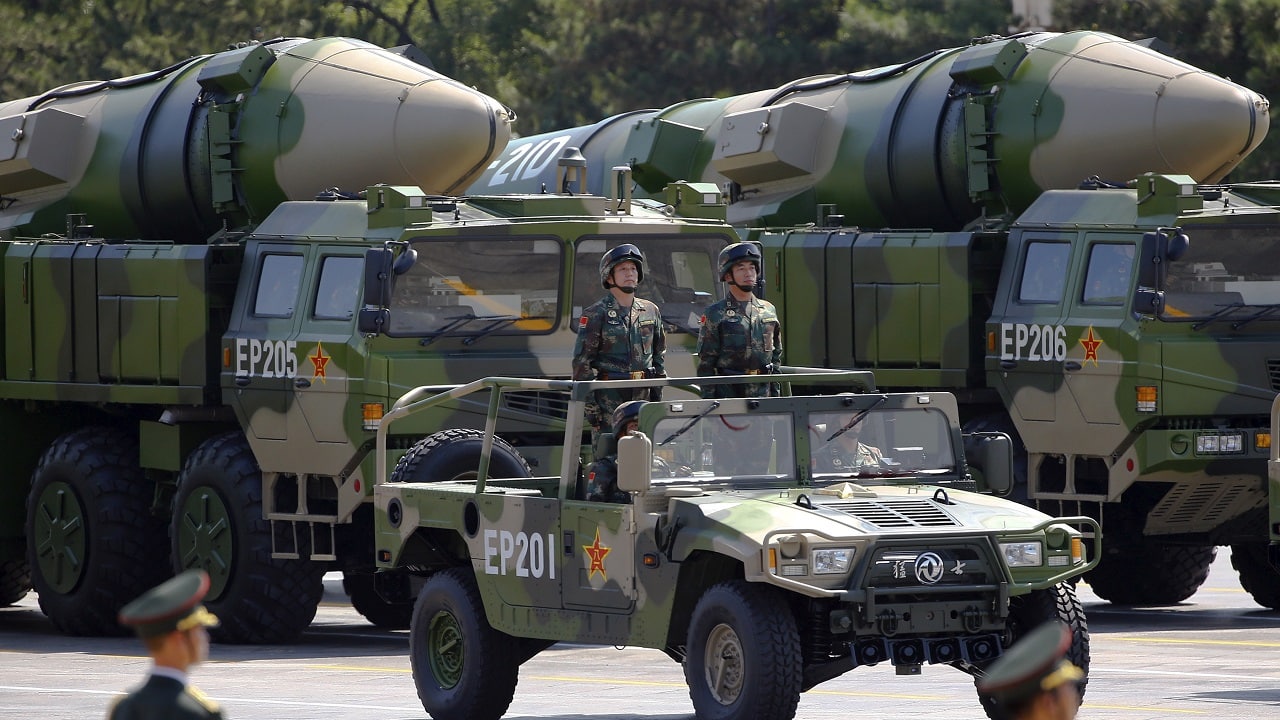

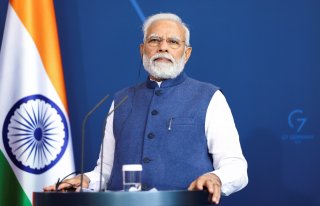

:quality(70)/cloudfront-us-east-1.images.arcpublishing.com/mco/V3QBCDTUGVEULKAKRDLTBCX2JQ.jpg)



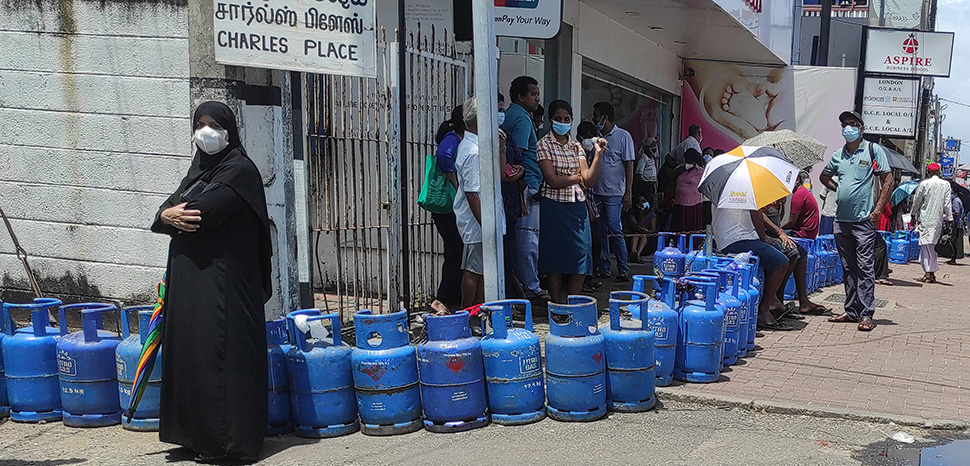
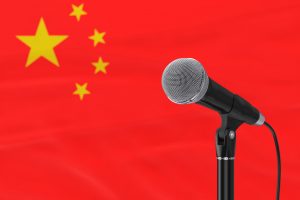




.jpg)

